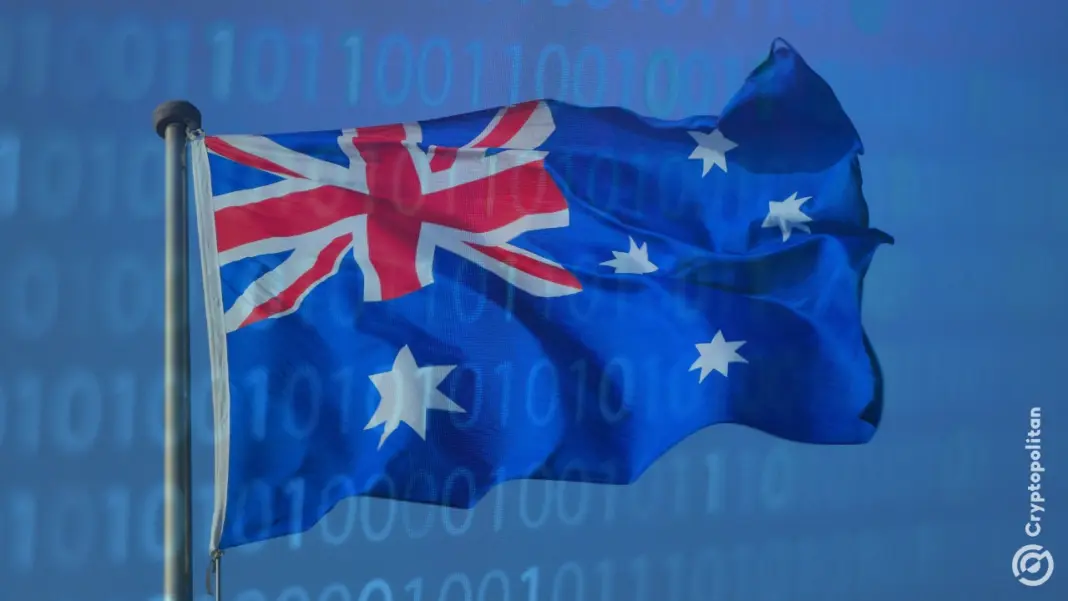Australian Copyright Laws Face AI Reality Check
Balancing Innovation and Creative Rights
The Australian government is currently undertaking a critical review of its copyright laws, acknowledging that existing legislation is struggling to keep pace with the relentless advance of AI technology. This review, spearheaded by the Copyright and AI Reference Group, brings together key players from both the tech and creative spheres to find a sustainable path forward.
At the heart of the matter lies the contentious issue of data usage for AI training. Artists, publishers, and media organisations have voiced growing concerns about AI developers utilising their copyrighted work without explicit consent or fair compensation. These creative stakeholders argue that current copyright laws were simply not designed to address the unique challenges posed by AI systems that are trained on vast datasets, a significant portion of which is protected by copyright.
No Free Pass for AI Developers
Significantly, the Australian government has already ruled out introducing a blanket “text and data mining exception.” This type of exception, adopted in countries like Japan and Singapore in limited forms, would have allowed AI developers to freely use publicly available data for training purposes without the need for royalty payments. However, Australian officials have determined that granting such a free pass could be detrimental to local creators and potentially lead to the widespread exploitation of their work.
Attorney-General Michelle Rowland emphasised this point, stating that the government’s primary objective is to ensure that both creators and developers can benefit from technological advancements, not one at the expense of the other. The government recognises that “AI systems rely on large volumes of data, much of which is created by human effort and creativity,” thus necessitating a compromise that respects the rights of creators.
Potential Solutions: Licensing and Enforcement
The government is actively exploring several potential solutions to address these concerns. One key area of focus is the potential implementation of a paid licensing system under the existing Copyright Act. Under this model, AI companies would be required to pay creators or rights holders when their work is used to train AI models. This would provide a direct stream of revenue to creators whose work contributes to the development of these powerful AI systems.
Furthermore, the government is considering measures to streamline and reduce the cost of enforcing copyright laws. The intention is to empower creators to effectively defend their rights when their work is used without permission. This includes making it easier for creators to pursue legal action against those who infringe on their copyrights, providing a stronger deterrent against unauthorised use.
Read More: XRP to $4? This Meme Coin Could 100x!
Industry Concerns and the Global AI Race
Despite the government’s commitment to protecting creative rights, representatives from the technology industry have expressed concerns that overly strict regulations could hinder innovation and put Australia at a disadvantage in the global AI race. Their argument centres on the need for AI researchers and developers to have access to sufficient data to drive progress in the field. They suggest that overly restrictive copyright laws could stifle innovation and lead to Australia falling behind other nations that have adopted more permissive approaches.
However, policymakers remain steadfast in their commitment to finding a balance between fostering innovation and safeguarding the interests of creators. The two-day meeting convened by the Copyright and AI Reference Group will be crucial in shaping the future of copyright law in Australia and its impact on the AI landscape.
Looking Ahead: The 2025 Landscape
As we move further into 2025, the stakes are higher than ever. The rapid proliferation of AI-generated content has only amplified the need for clarity and fairness in copyright law. The Australian government’s approach to this challenge could have far-reaching implications, potentially influencing similar debates in other countries grappling with the same issues.
It’s a delicate balancing act. On the one hand, stifling AI development could leave Australia behind in the global technological race. On the other hand, failing to protect creative rights could disincentivise creators and undermine the cultural industries that contribute significantly to the nation’s economy and identity. The key will be finding a solution that fosters a vibrant AI ecosystem while ensuring that creators are fairly compensated for their contributions.
For crypto investors and developers, this regulatory development has significant implications. As AI becomes increasingly integrated into blockchain technology, including areas like decentralised content creation and smart contract auditing, understanding the legal framework governing data usage is crucial. A robust and fair copyright system can provide a solid foundation for innovation, encouraging the development of responsible and ethical AI applications within the crypto space. Conversely, unclear or overly restrictive regulations could stifle innovation and drive development to jurisdictions with more favourable legal environments.
The Global Ripple Effect
Ultimately, the outcome of this review will not only shape the future of AI and creative industries in Australia, but will also serve as a bellwether for other nations grappling with the challenges of AI and copyright. The choices made in Australia will be closely watched by policymakers, industry stakeholders, and creators around the world as they navigate this complex and evolving landscape.






